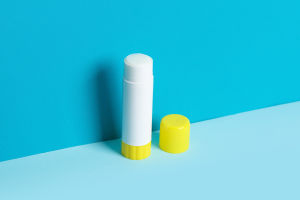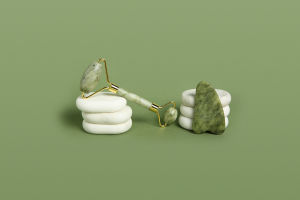
Glue sticks are an essential tool in classrooms, offices, and homes for connecting and sticking various items together.
Their convenience, ease of use, and safety make them a go-to adhesive for many everyday tasks.
Unlike liquid glues, glue sticks offer a mess-free application, making them ideal for projects that require precision and cleanliness.
Glue sticks are typically made from a mixture of polymers, resins, and water. The primary adhesive component is often PVA (polyvinyl acetate), a non-toxic and water-soluble glue.
When applied, the water in the glue stick evaporates, leaving the adhesive to bond the items together. Many glue sticks are designed to be acid-free, ensuring they won't damage or degrade paper over time. This makes them particularly useful for scrap-booking, photo albums, and archival work.
How To Use Glue Stick
Video by Brandie Pettus
Some glue sticks also include additives that improve their performance, such as agents to enhance stickiness or to make the glue more resistant to drying out. The solid form of glue sticks allows for easy storage and portability, with little risk of spills or leaks.
In schools, children use glue sticks for art projects, crafting, and paper-based assignments.
Teachers favor glue sticks because they are less messy than liquid glues and are safe for young children. The non-toxic nature of most glue sticks means they are less likely to cause skin irritation or other health concerns. In offices, glue sticks are commonly used for attaching documents, sealing envelopes, or preparing presentations.
They provide a quick, reliable way to stick paper without the wrinkling or mess associated with liquid adhesives. The quick-drying nature of glue sticks ensures that documents remain neat and professional.
For crafting enthusiasts, glue sticks are an invaluable tool for DIY projects. They work well for lightweight materials like paper, cardboard, fabric, and photos. Scrapbooks, card makers, and hobbyists rely on glue sticks for their precision and ease of use. Because they dry clear, glue sticks are ideal for projects where appearance matters.
One of the biggest advantages of glue sticks is their mess-free application. The solid, twist-up format ensures that the glue stays where you want it, reducing the chances of spills or drips. This makes them perfect for children, who may struggle with the control required for liquid glues.
Glue sticks are also quick-drying, allowing projects to be completed efficiently. Unlike liquid glues that can take several minutes to dry, glue sticks typically set within seconds. This is particularly useful for tasks that require immediate handling or further steps.
Another benefit is the non-toxic composition of most glue sticks. This makes them safe for use by children and adults alike.
Additionally, glue sticks are easy to clean up—a little water and soap can remove excess glue from hands or surfaces.
When selecting a glue stick, consider the type of project and materials you are working with. For paper-based tasks, standard glue sticks are sufficient.
For heavier materials like fabric or card-stock, look for glue sticks labeled extra strength or heavy duty. Acid-free glue sticks are recommended for archival projects to prevent yellowing or damage over time. Glue sticks offer a simple, effective, and mess-free way to connect and stick items. Their versatility, safety, and ease of use make them a valuable tool for classrooms, offices, and crafting projects.
By choosing the right glue stick and understanding its benefits, you can ensure successful and hassle-free adhesion every time!


